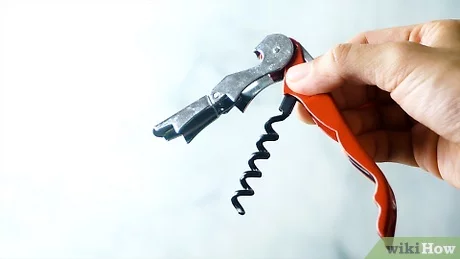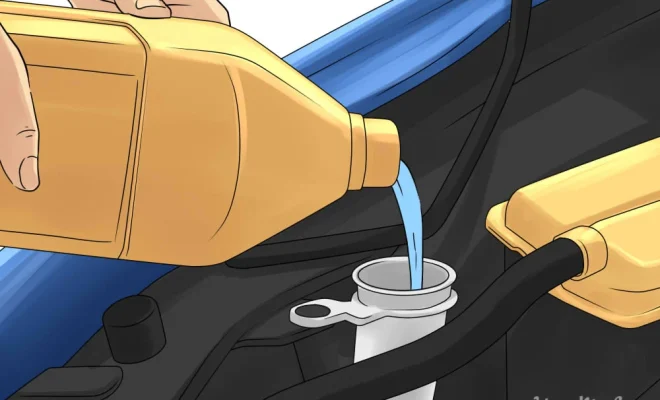How to Water Ski on Two Skis

Water skiing is an exhilarating and thrilling water sport that allows you to glide across the surface of the water on two skis while being towed behind a motorboat. It’s great for building core strength, balance, and coordination, as well as providing endless fun on the water. In this article, we will break down the steps to learn how to water ski on two skis.
1. Equipment:
Before you can begin water skiing, ensure you have the proper equipment. The basics include:
– A pair of water skis
– A life jacket (personal flotation device)
– A towrope with a ski handle
– A motorboat with enough horsepower to tow a water skier
2. Familiarize Yourself with the Skis:
Try on your skis while on land and practice getting up from a seated position. Lean back slightly, putting your weight on your heels, then stand up straight. This will help you get accustomed to the motion of getting up on your skis when in the water.
3. Entering the Water:
Put your life jacket on, then slip into the water feet first. Put your skis on and hold onto the ski handle with both hands so that the rope is taut.
4. Body Position:
Once in the water, float with your knees bent close to your chest and your feet flat against the surface of your skis. Keep your arms straight in front of you and grip the ski handle firmly.
5. Signals:
Before starting, establish hand signals with the boat driver to indicate when to start, slow down, or stop completely.
6. Getting Up:
As the boat begins to pull you up out of the water, make sure to keep your knees bent and lean back slightly with most of your weight near your heels. Resist the urge to stand up too soon.
7. Balancing on Skis:
Once the boat has pulled you up to a standing position, distribute your weight evenly between both feet and keep your knees slightly bent. Be sure to maintain a steady grip on the handle.
8. Turning:
Gently shift your weight from one ski to the other, depending on which direction you want to turn. Lean in the direction you want to go, but avoid leaning too far or you might lose balance.
9. Stopping:
To stop water skiing, simply let go of the handle, lean back slightly, and bend your knees to absorb the impact as you sink back into the water.
10. Practicing and Improvement:
As with any new sport, practice is key to mastering water skiing. As you spend more time out on the water, you will become more confident in your abilities and can progress in speed and technique.
In conclusion, water skiing on two skis is a fantastic way to enjoy the outdoors and experience the excitement of gliding across the water. With patience and practice, anyone can learn this fantastic sport and make countless memories out on the waves.






